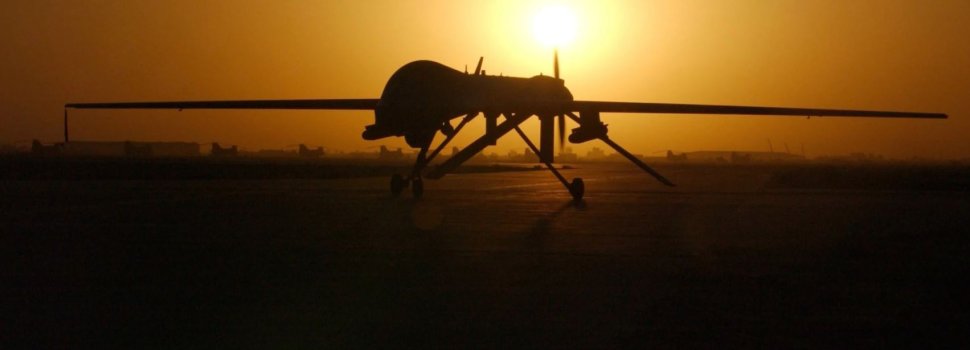fter a deadly attack that killed 13 American Marines and more than 100 Afghans at the Kabul airport last month, the U.S. launched drone strikes against members of what it said were ISIS-K, the group responsible for the terrorist attack. The first drone strike was on Friday, Aug. 27, followed by a second attack on Aug. 29. America then proudly took credit for these attacks, in which it used a unique Hellfire missile known sometimes as a “flying Ginsu,” named after the blades it uses to kill its target rather than explosives.
The first attack appeared to demonstrate the precision targeting for which drones are designed. But the attack two days later, on a vehicle suspected to belong to the ISIS-K group, was an utter disaster. Among the victims were 10 members of a single family, including six children between the ages of 2 and 12. Grimly, some of them were waiting for visas to join American evacuation flights; one of them had actually worked for American forces. The weapon that America first unleashed to win the “Global War on Terror” had—not for the first time—let America down.
Drones, particularly Predator and Reaper drones, have played a massive role in the war on terror, enabling the U.S. to fight shadowy enemies with a shadowy weapon system. Washington leaned on drones and drone airstrikes heavily in wars from Afghanistan to Iraq, and in clandestine operations over Pakistan, Yemen, Somalia, and other parts of Africa. Barack Obama enabled more strikes in his first year in office than George W. Bush in his entire eight-year tenure. Later, the Trump administration would oversee 2,243 strikes. The Predator drone was such a darling for the U.S. Air Force and CIA that one has even found its way into the Smithsonian Museum. The one hanging there is described as “one of the first” of three UAVs to fly operational missions over Afghanistan after 9/11. It went on to fly 196 combat missions in Afghanistan.
Continue reading: https://www.thedailybeast.com/how-post-911-america-set-off-the-worlds-horrific-drone-wars
The first attack appeared to demonstrate the precision targeting for which drones are designed. But the attack two days later, on a vehicle suspected to belong to the ISIS-K group, was an utter disaster. Among the victims were 10 members of a single family, including six children between the ages of 2 and 12. Grimly, some of them were waiting for visas to join American evacuation flights; one of them had actually worked for American forces. The weapon that America first unleashed to win the “Global War on Terror” had—not for the first time—let America down.
Drones, particularly Predator and Reaper drones, have played a massive role in the war on terror, enabling the U.S. to fight shadowy enemies with a shadowy weapon system. Washington leaned on drones and drone airstrikes heavily in wars from Afghanistan to Iraq, and in clandestine operations over Pakistan, Yemen, Somalia, and other parts of Africa. Barack Obama enabled more strikes in his first year in office than George W. Bush in his entire eight-year tenure. Later, the Trump administration would oversee 2,243 strikes. The Predator drone was such a darling for the U.S. Air Force and CIA that one has even found its way into the Smithsonian Museum. The one hanging there is described as “one of the first” of three UAVs to fly operational missions over Afghanistan after 9/11. It went on to fly 196 combat missions in Afghanistan.
Continue reading: https://www.thedailybeast.com/how-post-911-america-set-off-the-worlds-horrific-drone-wars

